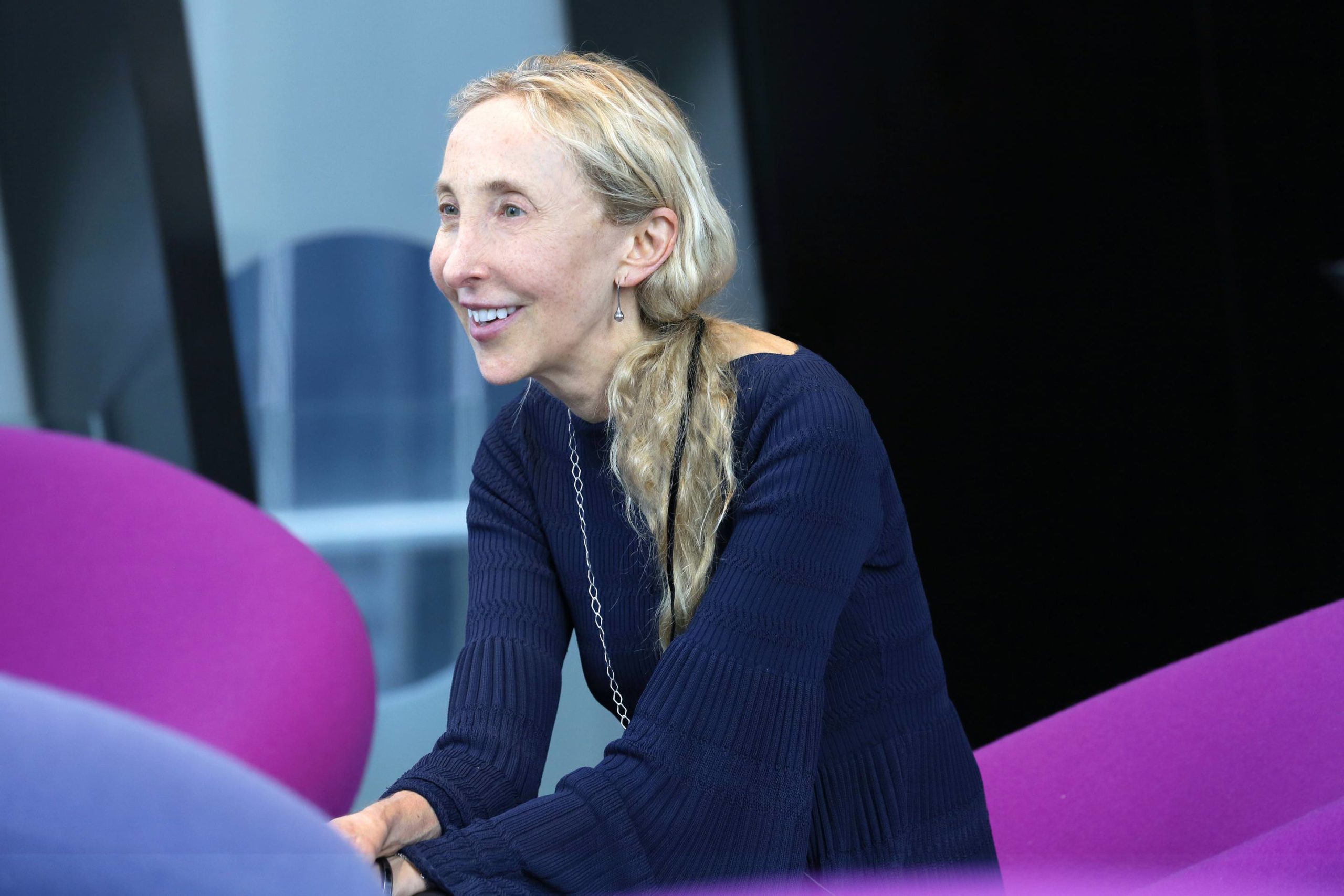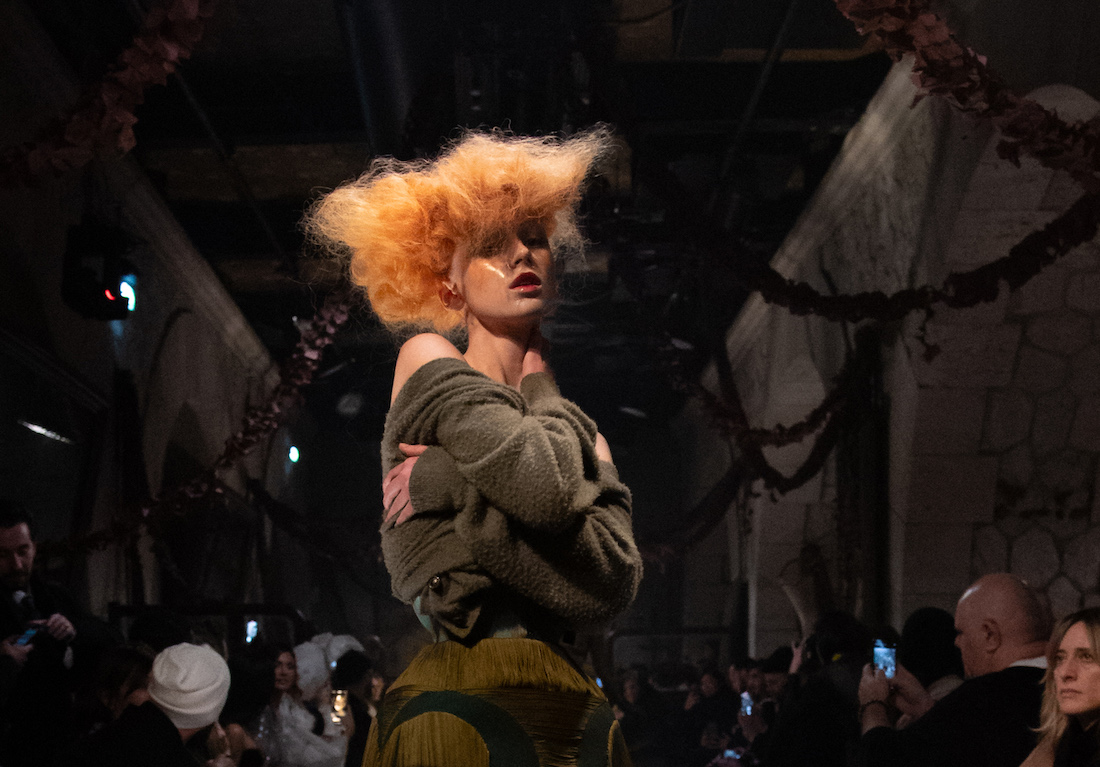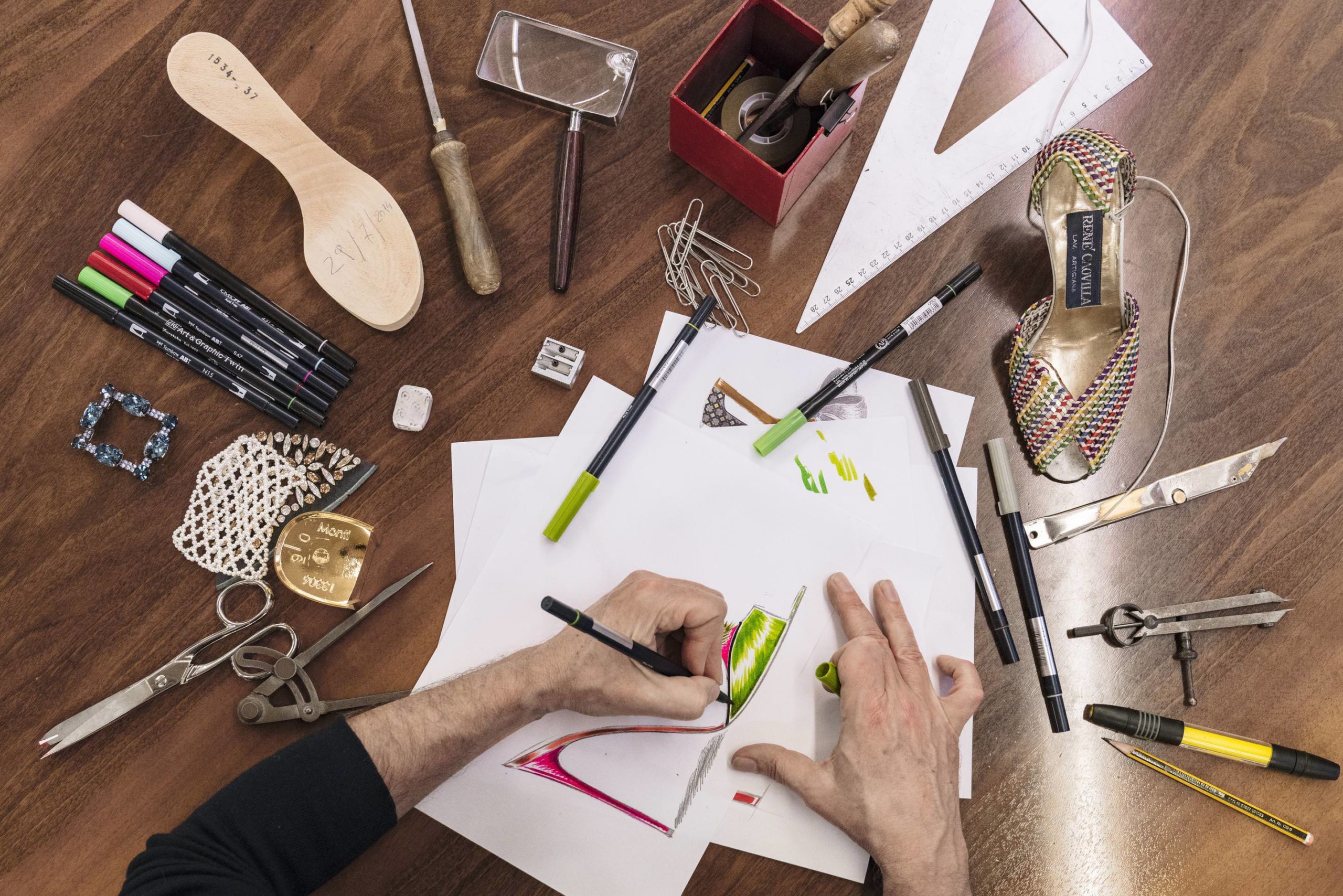In 1990, Carla Sozzani founded Galleria Carla Sozzani at 10 Corso Como in Milan. It wasn’t long before the gallery and its address morphed. From the start, it was known to locals and visitors alike as a space to see dynamic exhibitions on rotation. The establishment has since grown to include a café, a sculpture garden, a bookstore, a gallery shop, and a three-room hotel, as well as locations in Seoul, Shanghai, Beijing, and New York. In 2016, Sozzani also established a foundation to preserve her personal collection, and a photography exhibition from her collection entitled “Between Art & Fashion” made its way around the world, stopping in Paris, Switzerland, Berlin, and Naples.
Recently, at 10 Corso Como in New York, Whitewaller caught up with Sozzani about the brand’s spirited evolution over the years, and what’s currently on view at the gallery in Milan.
WHITEWALLER: For almost 20 years, from 1968 to ’87, you were a fashion editor for various publications, then Vogue and Elle. Your sister, Franca, was too. You both must have been very interested in art and fashion from a young age. Where did your interest really begin?
CARLA SOZZANI: In education. Our parents were very much into ancient art. We grew up in museums and churches—not because of the religion, but because of the art.
We started to get into fashion because were both going to the schools of the nuns where we were obliged to wear a uniform until we were 18. It was dark blue with a white apron, nude tights, and men’s shoes. The frustration was huge. As soon as we could, we were buying crazy clothes; lots of color. I remember being in bright green apple and my sister in bright turquoise. It was a reaction to growing up in such a strict way. It was also the sixties, and there was revolution all over the world—in politics, in society, in fashion.
So the two were always together—art and fashion. That’s why the exhibition of my photography collection, curated by the director of the Museum of Modern Art in Paris, is called “Between Art & Fashion.” It is a serious relationship. Fashion is a form of art. It’s beauty. They’re both connected through beauty.
WW: When you opened 10 Corso Como, you said you wanted to make a living magazine and that it was driven by the desire to communicate. Why?
CS: At the time, there was no communication. And when you were doing a magazine like Vogue, you had no relationship with the final reader. The sign if you were doing a good or bad job was how much advertising the magazines were getting. I felt like it was important to communicate directly with the people.
I thought to have a living magazine—where instead of turning the pages, you could turn corners and discover. It’s curated, “edited,” choices to share with people. It was a way of having something different for people to create a conversation.
WW: Today’s time is much different than it was when 10 Corso Como started. Instead of no communication, now, arguably, there is too much. How has that changed the space?
CS: I realized, especially in the last two or three years, there is more value today in experience. There is too much communication and people are getting too much into isolation. But I see with places like 10 Corso Como—with art, food, and culture—people go to meet again. In the last two years, I see less and less telephones. Young people talk to each other. There is nothing that can substitute for looking in the eyes, smiling. Experience is talking to people and sharing—values or opinions, or even fights. In a strange way, the reason for which it started has more value today than when it started.
WW: How do you select what appears in the store?
CS: I kept it like I was editing for a magazine. That’s why Comme des Garçons, Alaïa, [Maison] Margiela—my triptych of life—are always there. For me, they’re the heart of what’s important when people want to talk about fashion. I choose what I feel is good, and I can share that with other people. It’s difficult to choose something I don’t like to share with other people. That doesn’t make any sense to me.
WW: Can you tell us a bit about the show entitled “Forme: Umberto Riva, architetto designer” that’s on view during Salone del Mobile?
CS: Umberto Riva’s an architect and designer who is 91 years old. We’re going to do three rooms of three different aspects of his work—furniture, architectural drawings, and lights. Italian design is important, and he is an icon in Italy. I also wanted to get younger people to discover him. Maybe not everybody knows him . . . and it’s important for the country.
WW: What was the very first art piece you collected?
CS: Andy Warhol, Hammer and Sickle. I think it was ’71 or ’72. And a few pieces of arte povera, of course, by [Enrico] Castellani and Lucio Fontana.
WW: How do you spend your time when you’re back in Milan?
CS: I work when I’m in Milano. But for me, it’s not working. I enjoy being at 10 Corso Como. It’s like my home. I have this enthusiasm and curiosity, which is a driving force in my life. So I’m happy to be there. I have a lot to do—from the menu in the restaurant, to the new exhibition, the fashion. It’s a world in itself.
I don’t go out so much, but I like to go, of course, to Fondazione Prada—they do wonderful, wonderful work. Everything she does has always been amazing. And you know what is great? The consistency. All those years, always reinventing themselves. And of course [Pirelli Hangar]Bicocca and Gallerie d’Italia, which I like very much.
WW: What do you feel 10 Corso Como’s responsibility is today in the world?
CS: I think it is to transfer culture, and a sense of integrity in the choices for the young people. Because, you know, to do something is easy. But to do something that is consistent after many years means that you have values and that you believe in what you do. I hope this value can be transferred, especially to the young generation. When you believe in what you think is good, you should go all the way and believe it. I think it’s important. It’s integrity to yourself and to your values.










